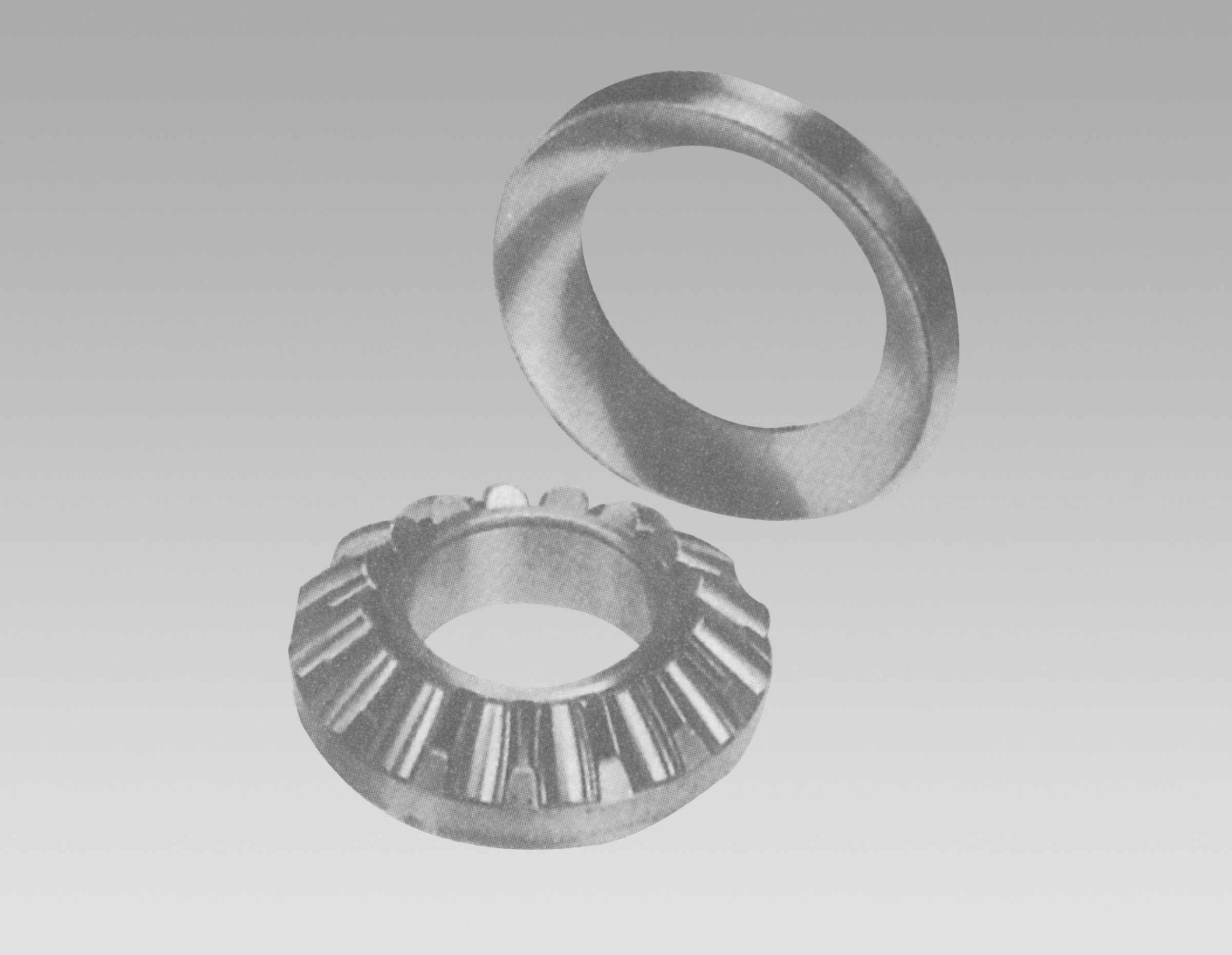
Dec . 24, 2024 16:29 Back to list
Understanding Deep Groove Ball Bearings and Their Applications in Mechanical Engineering
Understanding Deep Groove Ball Bearings A Key Component in Machinery
Deep groove ball bearings are one of the most common types of rolling element bearings used in various applications across industries. Their design, characterized by a deep raceway that accommodates a greater number of balls compared to other types of bearings, allows for both radial and axial loads. The versatility, durability, and efficiency of deep groove ball bearings make them essential components in everything from household appliances to high-speed industrial machines.
Construction and Design
The fundamental elements of a deep groove ball bearing include an inner ring, an outer ring, rolling balls, and a cage that separates the balls. The inner ring is typically mounted onto a rotating shaft, while the outer ring is housed within a stationary frame. The deep raceways of the rings make it possible for the balls to maintain a continuous line of contact, which significantly reduces friction and wear during operation. The deep grooves allow the bearing to handle high radial loads and moderate axial loads effectively.
Operational Characteristics
Deep groove ball bearings can operate at high speeds and under varying load conditions, which is a significant advantage for numerous applications. The ability to support both radial and axial loads allows these bearings to be used in a wide range of configurations. In addition, they can function with minimal lubrication, ensuring long-lasting performance even in challenging environments.
The design also plays a critical role in noise levels and vibration. High-quality deep groove ball bearings are engineered to minimize vibrations and noise, making them suitable for applications where noise reduction is a priority, such as in electric motors and fans.
Applications Across Industries
Deep groove ball bearings are prevalent in various sectors. In automotive manufacturing, for example, they are used in wheel hubs, transmission components, and many other parts that require reliable motion. In the aerospace industry, they are integral to the functioning of engines and turbines, where high performance and reliability are critical.
a deep groove ball bearing

In addition to automotive and aerospace, deep groove ball bearings are indispensable in the manufacturing and construction industries, where they help power machinery such as conveyor belts, pumps, and fans. Their adaptability extends to domestic appliances, including washing machines and refrigerators, where they contribute to smooth and efficient operation.
Advantages and Disadvantages
The advantages of deep groove ball bearings are numerous. Their high load-carrying capacity, versatility, and ease of installation make them a favorite choice for many manufacturers. They are also relatively cost-effective, making them accessible for a wide range of applications. Furthermore, the ability to facilitate high speeds and reduce the need for constant lubrication adds to their appeal.
However, like any mechanical component, deep groove ball bearings have limitations. They are not suited for very high axial loads in one direction, for which specialized bearings would be required. Additionally, while they can operate efficiently in various environments, extreme temperatures or heavy contamination can significantly reduce their lifespan and performance. Proper selection and maintenance are crucial to ensuring longevity and reliability.
Maintenance and Best Practices
To maximize the lifespan and performance of deep groove ball bearings, regular maintenance is essential. This includes periodic inspections to check for wear and damage, as well as ensuring adequate lubrication. It is also vital to monitor operating conditions, as excessive heat or contamination can lead to premature failure.
When replacing bearings, it is imperative to select the correct size and type to match the application requirements. Working with reputable suppliers that offer high-quality components can also ensure better performance and reliability.
Conclusion
Deep groove ball bearings are more than just mechanical components; they are critical enablers of efficiency and reliability across numerous applications. Their unique design, coupled with their ability to handle various loads and speeds, makes them a cornerstone in both industrial and domestic machinery. As technology continues to advance, the development of better materials and lubricants will only enhance the performance of deep groove ball bearings, ensuring they remain a vital part of modern engineering and manufacturing for years to come.
Latest news
-
Durable Greenhouse Pillow Block Bearings for Reliable Ventilation
NewsAug.31,2025
-
Spherical Roller Bearings Applications: Heavy Duty, Self-Aligning
NewsAug.30,2025
-
Premium Deep Groove Ball Bearings | High Speed & Reliability
NewsAug.29,2025
-
Durable Scaffolding Clamps - Secure & Reliable Tube Connectors
NewsAug.28,2025
-
Common Failures in Thrust Ball Bearings and Solutions
NewsAug.22,2025
-
How Tapered Roller Bearings Can Take Shock Loads
NewsAug.22,2025
